Robotics in Investment Casting

Posted on Jul 05, 2014 11:02 PM. 3 min read time
Investment casting (also known as lost wax casting) is a fairly old manufacturing process. It is used in several industries to produce precise parts and especially in those industries producing parts with complicated geometries. This post presents an overview of the process, several examples of where robotic automation solutions have been implemented and the names and contacts for the providers of these automated solutions.
The video (really funny by the way) below presents different steps in the investment casting process.
1. Making Wax Models
The first step is to make wax parts that look like the final metal part you want to produce.
2. Pattern Assembly
Wax patterns are then assembled into "trees". The video below shows how MPI Systems automated pattern assembly using robots.
3. Shell Building
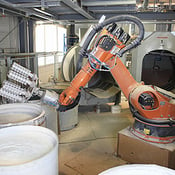
The trees are then dipped into slurry and rotated under falling sand to build shells around the wax parts. This part of the process is well suited for robotic automation as the payload is heavy and dirty. Vulcan Engineering is one integrator that provides this type of solution.
4. Wax Removal
Once the shells have reached the desired thickness, the wax is removed from the cavity using autoclaves and ovens.
5. Metal Pouring
The metal infusion is then poured into the cavity.
6. Shell Removal
The shell is removed by vibration or by using waterjets. KMT is an integrator offering robotic shell removal using waterjets.
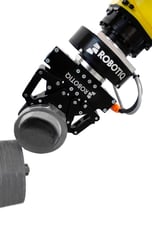
7. Cutting and Gate Removing
Once the shell is removed, the tree, now in metal, remains. Individual parts must then be separated from the tree and the gate.
8. Deburring and polishing
Undesirable features left by the casting process must then be removed (deburring and polishing). Robotic gate cutting and finishing pictures can be found on Acme Manufacturing's website. Notice that tools such as force torque sensors can be used for the robotic polishing process.
9. Quality Assurance
Investment casting is often used for making tight tolerance parts. Casters have to precisely ensure the dimensions of their parts. This can be done quite accurately by combining robots and a vision system. AV&R is one integrator offering such a system for aerospace parts.
Well, there you have an introduction to a very mature manufacturing process and you can see the advantages that robots can bring to these processes. For more information on gripper selection for your robotic application see the link below or go to our Resource Center for more case studies and ebooks on robotic applications.


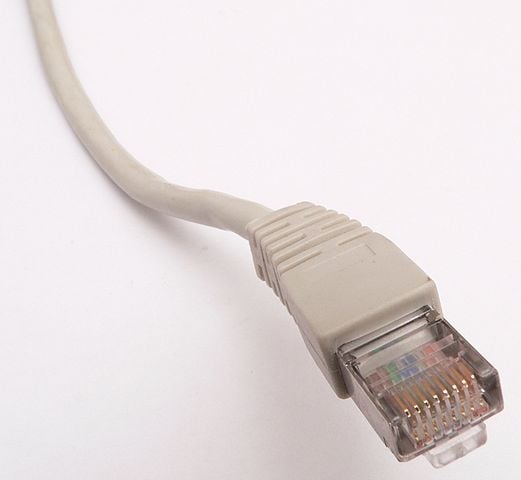

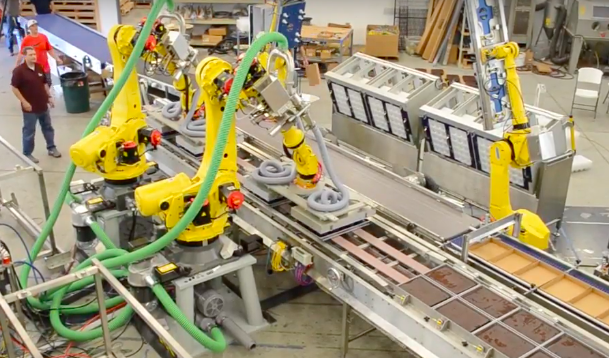

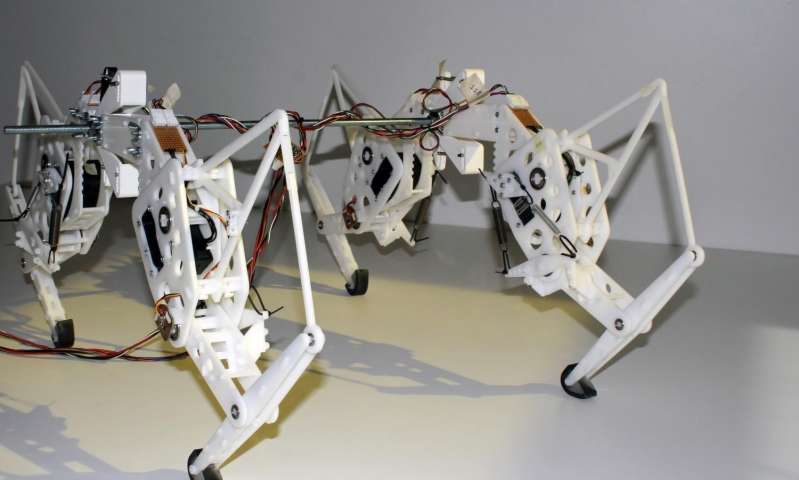


Leave a comment